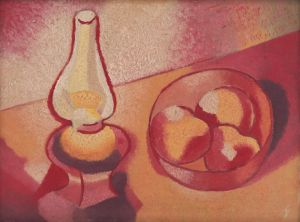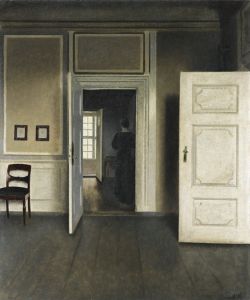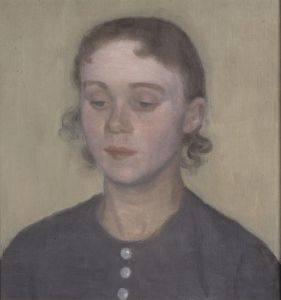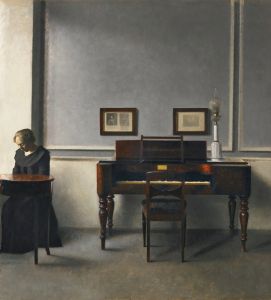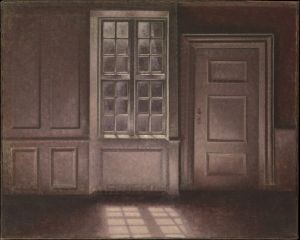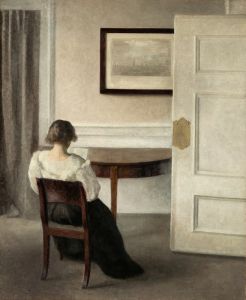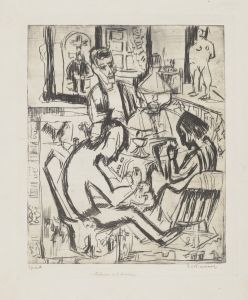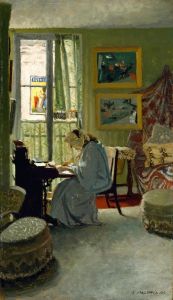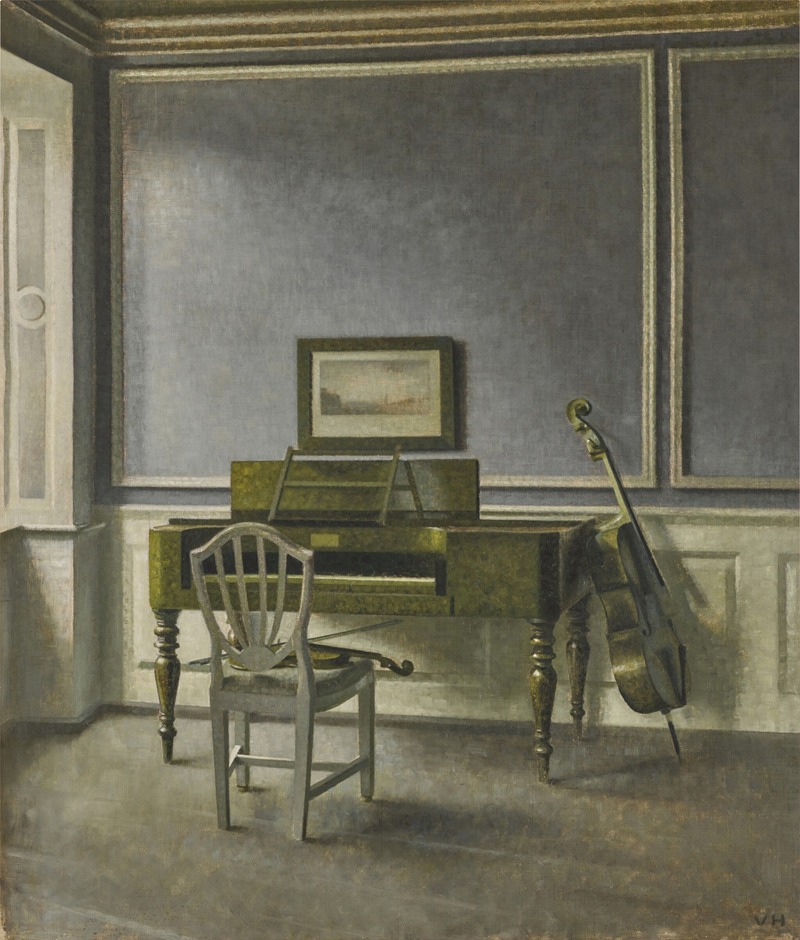
Interior. The Music Room, Strandgade 30
A hand-painted replica of Vilhelm Hammershøi’s masterpiece Interior. The Music Room, Strandgade 30, meticulously crafted by professional artists to capture the true essence of the original. Each piece is created with museum-quality canvas and rare mineral pigments, carefully painted by experienced artists with delicate brushstrokes and rich, layered colors to perfectly recreate the texture of the original artwork. Unlike machine-printed reproductions, this hand-painted version brings the painting to life, infused with the artist’s emotions and skill in every stroke. Whether for personal collection or home decoration, it instantly elevates the artistic atmosphere of any space.
Vilhelm Hammershøi's painting Interior. The Music Room, Strandgade 30 is a notable work by the Danish artist, created in 1907. Hammershøi is widely recognized for his subdued and atmospheric interior scenes, often characterized by muted color palettes, soft light, and a sense of quiet introspection. This painting is a quintessential example of his style and thematic focus.
The artwork depicts a room in Hammershøi's own apartment at Strandgade 30 in Copenhagen, where he lived with his wife, Ida, from 1898 to 1909. The apartment served as a frequent subject in his paintings, and its interiors provided the setting for many of his most celebrated works. In Interior. The Music Room, Strandgade 30, Hammershøi captures the serene and minimalist aesthetic of the space, emphasizing its architectural details and the interplay of light and shadow.
The composition features a sparsely furnished room with a piano, a chair, and a table, all rendered with meticulous attention to detail. The muted tones of gray, white, and brown dominate the scene, creating a harmonious and restrained atmosphere. The light streaming through the windows softly illuminates the room, highlighting the textures of the walls and furniture. As is typical of Hammershøi's interiors, the painting is devoid of overt narrative or human presence, inviting viewers to focus on the mood and spatial qualities of the scene.
Hammershøi's work is often associated with the Symbolist movement, though his style is distinct and difficult to categorize. His interiors are celebrated for their ability to evoke a sense of timelessness and introspection, and Interior. The Music Room, Strandgade 30 is no exception. The painting reflects his interest in the interplay between light, space, and form, as well as his preference for simplicity and restraint.
Today, Hammershøi is regarded as one of Denmark's most important painters, and his works are held in high esteem by art historians and collectors. Interior. The Music Room, Strandgade 30 is part of this legacy, exemplifying his unique approach to interior scenes and his ability to transform ordinary spaces into meditative works of art. The painting is housed in the Statens Museum for Kunst (National Gallery of Denmark) in Copenhagen, where it continues to be admired by visitors from around the world.






